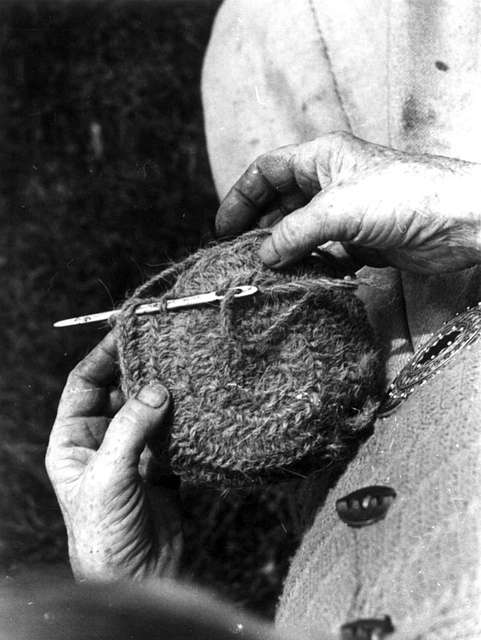
Picture this: you open an invitation to an ugly Christmas Sweater party. Your first thought might be “where can I buy one” or, if you’re creative, “how can I make one?” If you are a huge textile nerd like we are here at Tatter, you might also wonder at the origin of the Ugly Christmas sweater.

The truth is that the meaning of Christmas varies as much as the textiles associated with it. In 2021, we wrote about the history of the Christmas stocking. There’s the Santa hat, the tree skirt, the felt wreath– the list goes on and on. While digging through the Tatter archive for inspiration, we came across patterns for a rising symbol of the season: the ugly Christmas sweater. So snuggle in, have a cup of cocoa, and let us tell you the story of the ugly Christmas sweater.
The Ugly Christmas sweater might feel like a holiday classic, but the truth is that they really only trace back to the mid 20th century. The act of knitting itself is a relatively modern invention, dating back to roughly the 7th to 9th centuries in the Arab world. If that feels like a long time ago to you, consider that weaving is at least 12,000 years old and knitting has only been around for a little over 1,000. Early Islamic knitting was very fine, with tight and tiny stitches. Knitted garments from this time featured intricate color work designs with Islamic motifs and Arabic lettering in blue and white fiber.
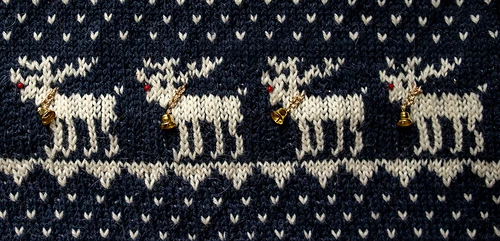
The practice of knitting spread along trade routes through the mediterranean and quickly gained popularity in Southern Europe, overtaking the earlier practice of “needle binding” which utilized a single needle to create a stitch (somewhat similar to crochet). Knitting guilds emerged in France as early as 1268 and spread throughout Europe by the 18th century. But the elaborate, color work, knitted sweater that precedes the Ugly Christmas sweater is the Norwegian lusekofte (lice pattern) which emerged in the mid 19th century. Originally knit in black and white, the lusekofte emerged around the same time as the multi-colored, Shetland fair isle sweater. By the early 20th century, most black and white sweaters also included red or replaced black with red.
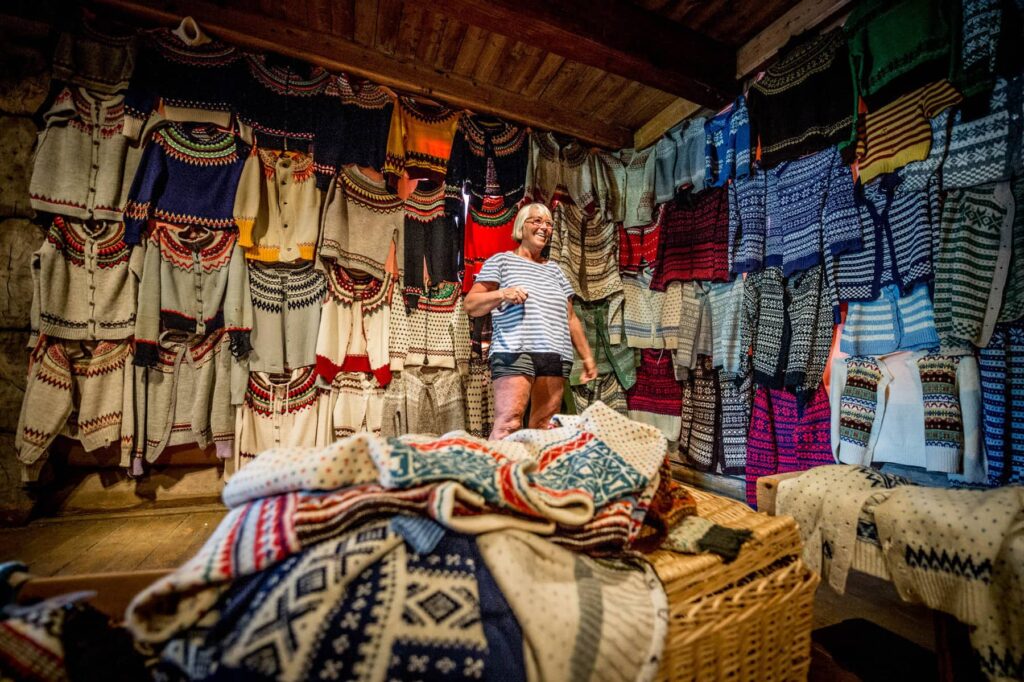
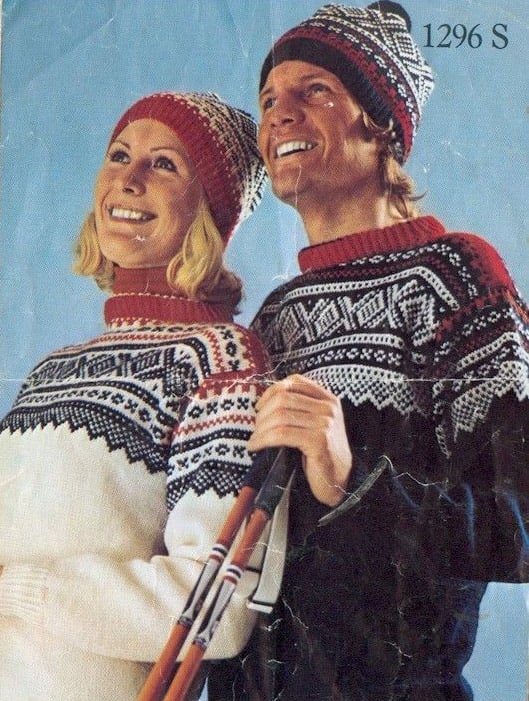
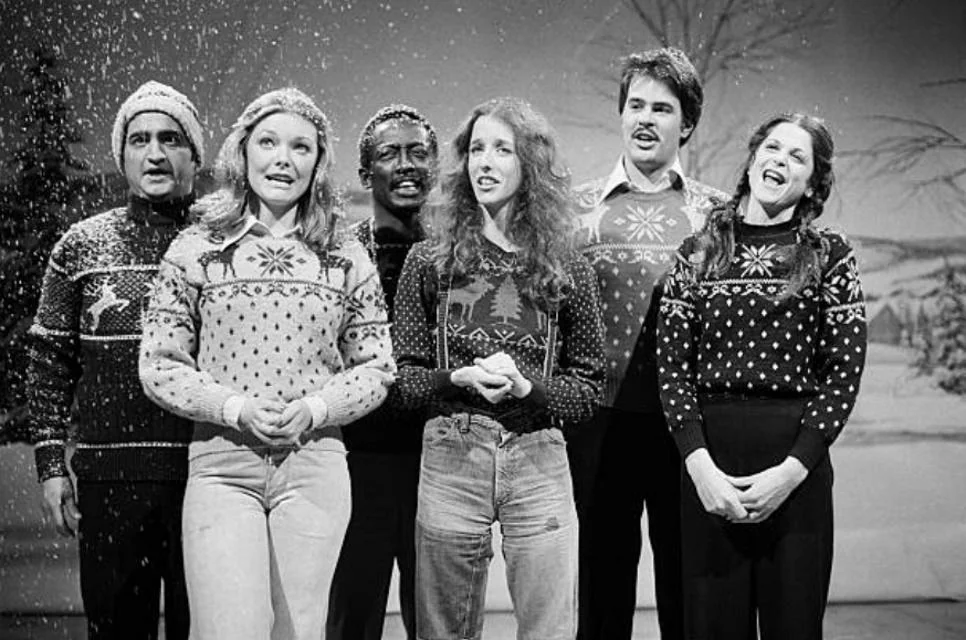
Beginning in the 1930s, Norwegian style sweaters and knitting patterns rose in popularity as fashionable ski attire. Marketed as “Snow Time Sweaters” or “Ski Time Sweaters”, the stag, tree, and star motifs made them easily marketable as Christmas sweaters and by the 1950s they became known as “jingle bell sweaters”. By the 70s, Jingle Bell Sweaters were seen as more of a joke than an earnest fashion statement: in 1976, Candice Bergen hosted the second ever SNL Christmas special with the whole cast dressed in silly but still beautiful Nordic style sweaters.
By the late 90s and early 2000s, the phenomenon had shifted much more towards the purposefully garish: in the 2001 romantic Comedy Bridget Jones’ Diary, Colin Firth’s character Mark Darcy first appears onscreen wearing a distinctly unattractive knit reindeer sweater. While this sweater had none of the charm and repeated motifs of its Scandinavian predecessors, the ‘ugliness’ was part of the fun.
A year later, in 2002, two friends in Vancouver, Canada— Chris Boyd and John Birch, authors of ‘Ugly Christmas Sweater Party Book’— hosted the first official ugly Christmas sweater party. They encouraged hunting through vintage stores and thrift shops and adding string lights, felt, tinsel, and other household craft supplies to existing sweaters. The phenomenon began as an opportunity to express creativity and unabashed glee for humor, kitsch, and maximalism.
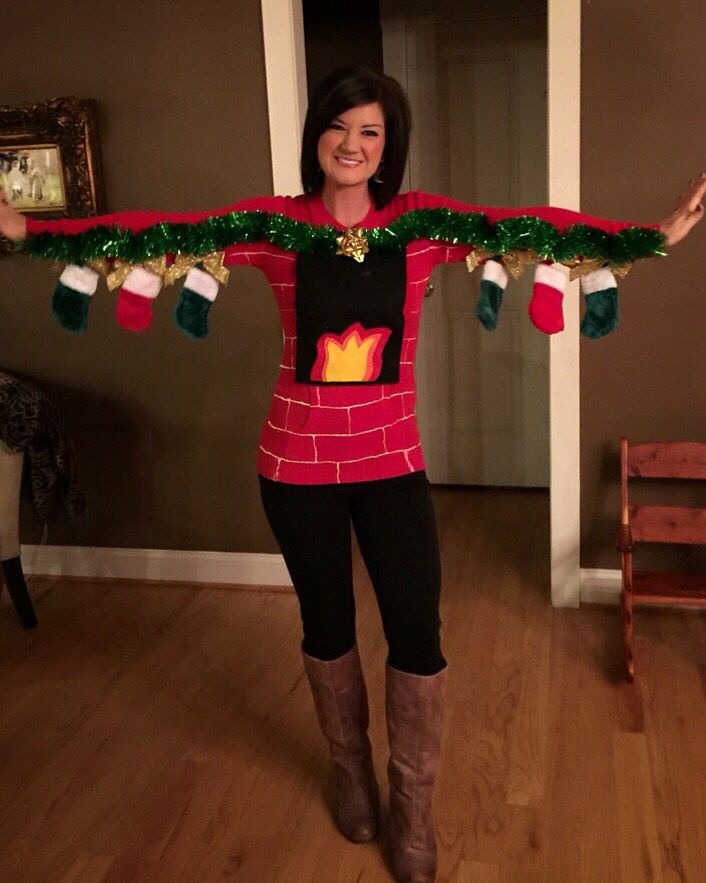
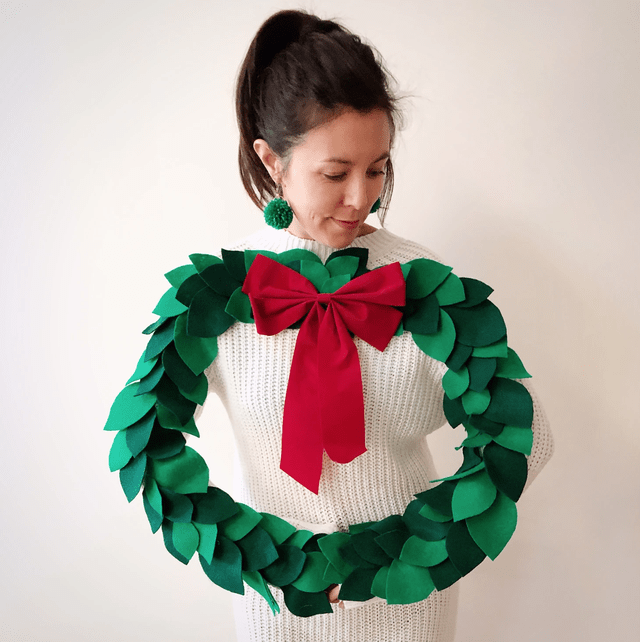
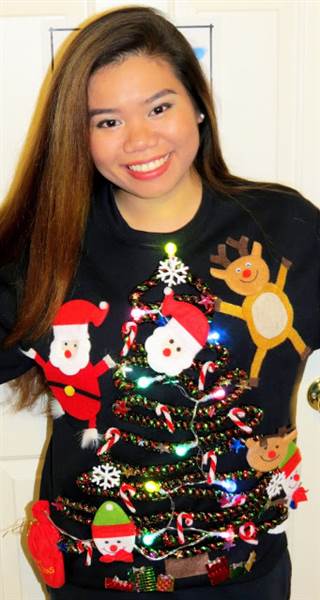
As the popularity of these parties has spread, so has the market for mass-produced cheap sweatshirts printed with nordic designs and pop culture icons wearing Santa hats. The charm and ingenuity associated with hunting for a kitschy vintage sweater or knitting a sweater to wear throughout the holiday season has, in large part, given way to treating a ‘Christmas sweater’ as a disposable gag to wear for a night or two.
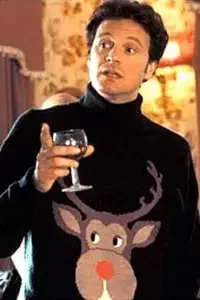
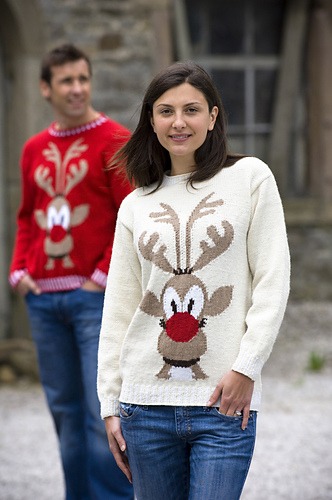
by Wendy Yarns Picture by Morgan O’Driscoll
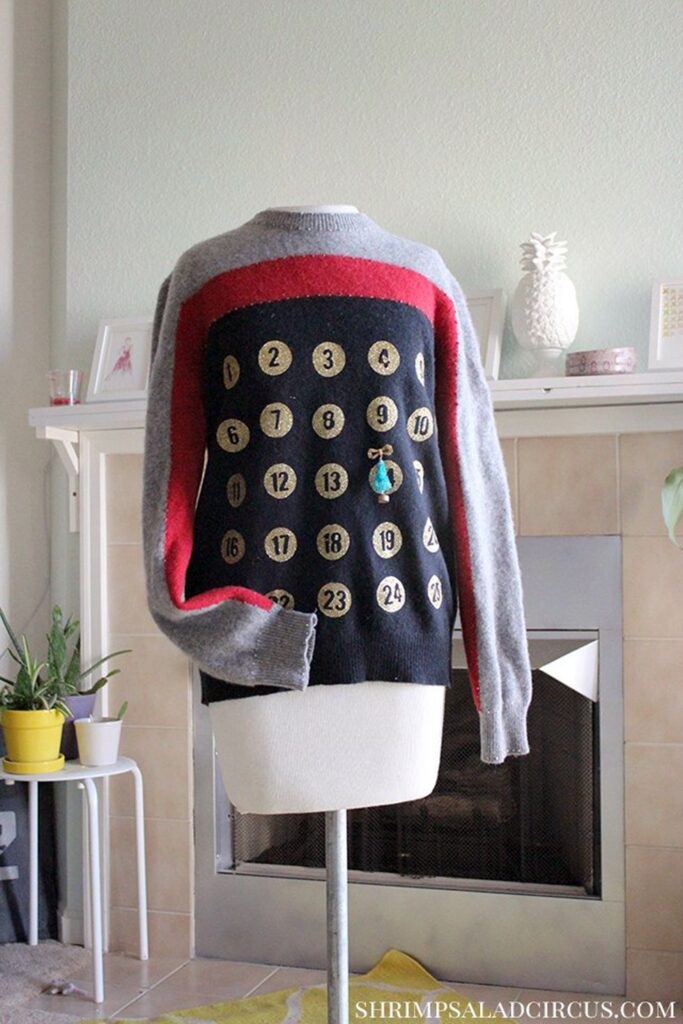
Here at Tatter, we love our garments. We love their history, their construction, their preservation. If you read our post on the Ugly Hanukkah Sweater, you know that we love the way that textiles create (and are created by!) new and old ways to celebrate culture and put a spin on the traditional. Whether you are a dedicated knitter looking for a fun new project or a crafter looking for a creative way to zuzh up your winter wardrobe, we hope you will try hosting a homemade ugly sweater party inspired by the whimsy and tradition of ugly Christmas sweaters past.
Further Reading at Tatter
Nargi, Lela. Knitting around the World: A Multistranded History of a Time-Honored Tradition. Voyageur, 2014.
References
Nargi, Lela. Knitting around the World: A Multistranded History of a Time-Honored Tradition. Voyageur, 2014.
“Not so Ugly Christmas Sweater Pattern by Cecilie Kaurin and Linn Bryhn Jacobsen.” Ravelry, www.ravelry.com/patterns/library/not-so-ugly-christmas-sweater.
Pollock, Sarah. “The Norwegian Sweater Detective.” Craftsmanship Magazine, 1 Sept. 2022, craftsmanship.net/the-norwegian-sweater-detective/.
Ponta, Lindsay. “Advent Calendar Christmas Sweater.” Shrimp Salad Circus, 28 Nov. 2017, www.shrimpsaladcircus.com/advent-calendar-christmas-sweater/.“Ugly Christmas Sweater Pattern by Club Geluk.” Ravelry, www.ravelry.com/patterns/library/ugly-christmas-sweater-2.

